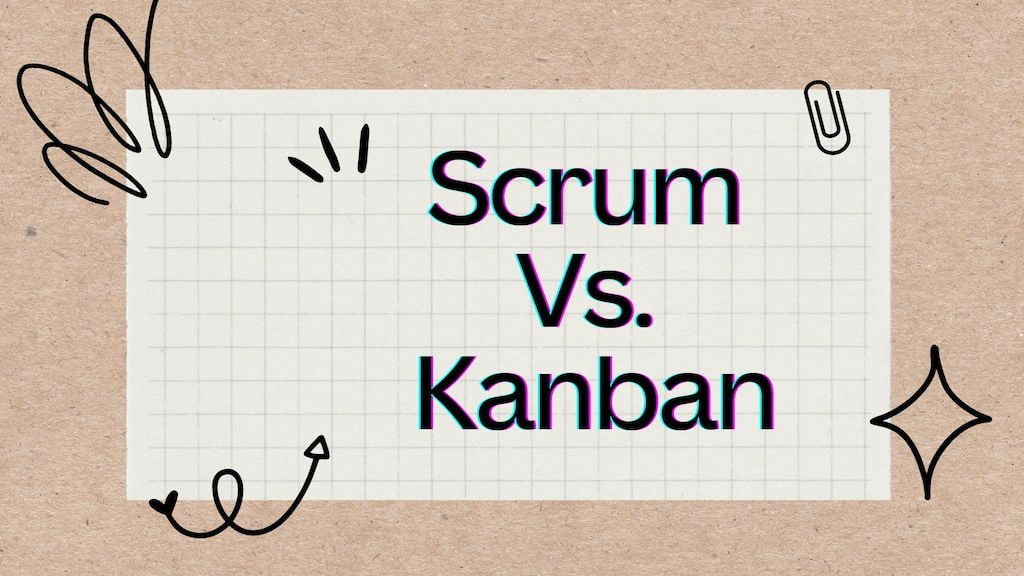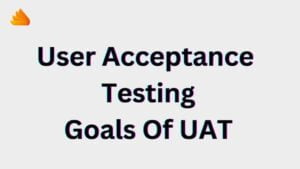Scrum Vs Kanban | Differences | Best Approach
Scrum and Kanban are two popular Agile methodologies used in software development. While both approaches aim to improve team productivity and project delivery, they differ in terms of their structure, processes, and focus. In this article, we will compare and contrast Scrum vs. Kanban in a table format to help you understand the key differences between the two methodologies.
Scrum
Scrum is an Agile framework that emphasizes teamwork, collaboration, and iterative development. It is a highly structured approach that follows a set of predefined roles, ceremonies, and artifacts to deliver a working product increment at the end of each sprint.
| Scrum | Details |
|---|---|
| Roles | Scrum Master, Product Owner, Development Team |
| Process | Sprint Planning, Daily Scrum, Sprint Review, Sprint Retrospective |
| Artifacts | Product Backlog, Sprint Backlog, Increment |
| Focus | Iterative development, team collaboration, predictable delivery |
Kanban
Kanban is a Lean methodology that emphasizes visualizing work, limiting work in progress, and continuous delivery. It is a flexible approach that allows teams to customize their process and workflow based on their needs and constraints.
| Kanban | Details |
|---|---|
| Roles | No predefined roles |
| Process | Visualize work, Limit work in progress, Manage flow, Make process policies explicit, Implement feedback loops |
| Artifacts | Kanban board, Work items |
| Focus | Visualizing work, limiting work in progress, continuous delivery |
Key Differences
Now that we have looked at Scrum vs. Kanban individually, let’s compare and contrast the two methodologies to highlight their key differences.
| Scrum | Kanban |
|---|---|
| Highly structured | Flexible |
| Predefined roles and ceremonies | No predefined roles or ceremonies |
| Focus on iterative development and predictable delivery | Focus on continuous delivery and flow |
| Sprints are timeboxed and have fixed scope | Work is pulled as capacity allows |
| Product Backlog and Sprint Backlog used to manage work | Kanban board used to visualize work |
| Suitable for complex projects with changing requirements | Suitable for processes with little variability and predictable flow |
Summary
Scrum is a highly structured approach that follows a set of predefined roles, ceremonies, and artifacts to deliver a working product increment at the end of each sprint. It is suitable for complex projects with changing requirements and is focused on iterative development and predictable delivery.
Kanban, on the other hand, is a flexible approach that allows teams to customize their process and workflow based on their needs and constraints. It is suitable for processes with little variability and predictable flow and is focused on continuous delivery and flow.
One of the key differences between Scrum and Kanban is their approach to work. Scrum divides work into sprints, which are timeboxed and have fixed scope. The team plans the work for the sprint during the sprint planning ceremony and works on it until the end of the sprint. Kanban, on the other hand, uses a pull-based approach, where work is pulled as capacity allows. This means that there is no fixed time for completing work, and work is done continuously.
Another difference between the two methodologies is their approach to roles and ceremonies. Scrum has predefined roles, including the Scrum Master, Product Owner, and Development Team, and follows a set of ceremonies, including sprint planning, daily scrum, sprint review, and sprint retrospective. Kanban, on the other hand, has no predefined roles or ceremonies and allows teams to customize their process and workflow based on their needs.
Finally, Scrum and Kanban differ in their approach to managing work. Scrum uses a Product Backlog and Sprint Backlog to manage work, while Kanban uses a Kanban board to visualize work.
The Product Backlog contains a prioritized list of features or requirements, while the Sprint Backlog contains the work that the team has committed to completing during the current sprint. In contrast, a Kanban board is a visual representation of the team’s workflow, showing the status of work items as they move through different stages of the process.
In summary, both Scrum and Kanban have their own strengths and weaknesses, and the choice between the two methodologies depends on the specific needs and constraints of the project. Scrum is a highly structured approach that emphasizes teamwork, collaboration, and iterative development. It is suitable for complex projects with changing requirements and provides a predictable delivery of working software at the end of each sprint. Kanban, on the other hand, is a flexible approach that allows teams to customize their process and workflow based on their needs and constraints. It is suitable for processes with little variability and predictable flow and focuses on continuous delivery and flow.
If you are considering implementing Scrum or Kanban in your organization, it is important to understand the key differences between the two methodologies and choose the one that best suits your needs. By comparing and contrasting Scrum vs. Kanban in a table format, you can gain a better understanding of their respective strengths and weaknesses and make an informed decision about which approach to adopt. Ultimately, the success of your Agile implementation will depend on how well you tailor the methodology to your organization’s unique needs and constraints.






Post Comment